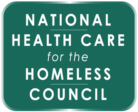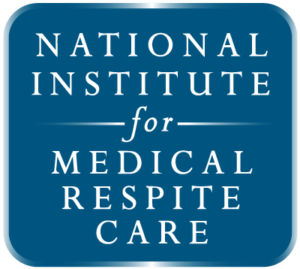Documenting Disability for Persons with Substance Use Disorders & Co-occurring Impairments: A Guide for Clinicians
Authors: Post P, Perret Y, Anderson S, Dalton M, Zevin B This manual is a guide to documenting medical impairments in support of applications for the Social Security Administration’s (SSA) disability benefits programs, Supplemental Security Income (SSI) and Social Security Disability Insurance (SSDI). It is primarily intended for health care providers in the United States […]

